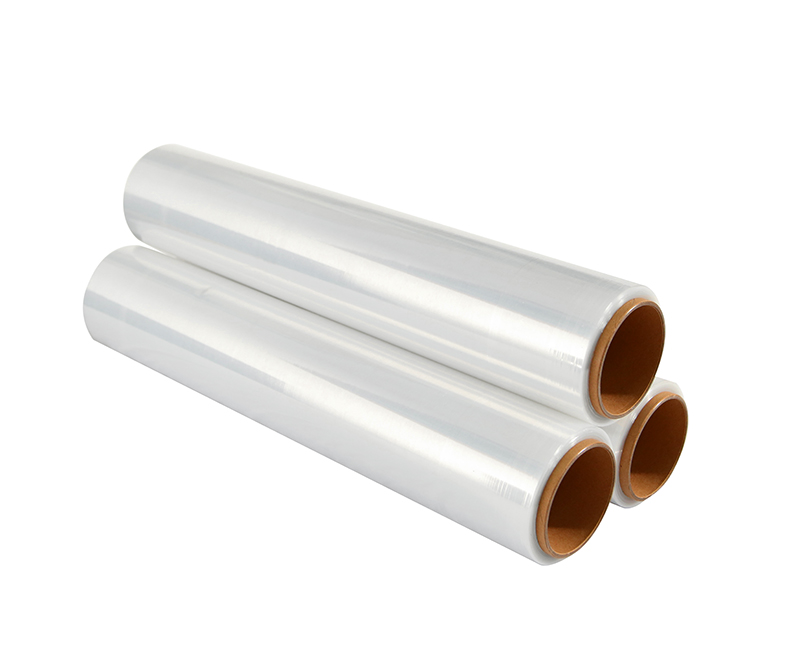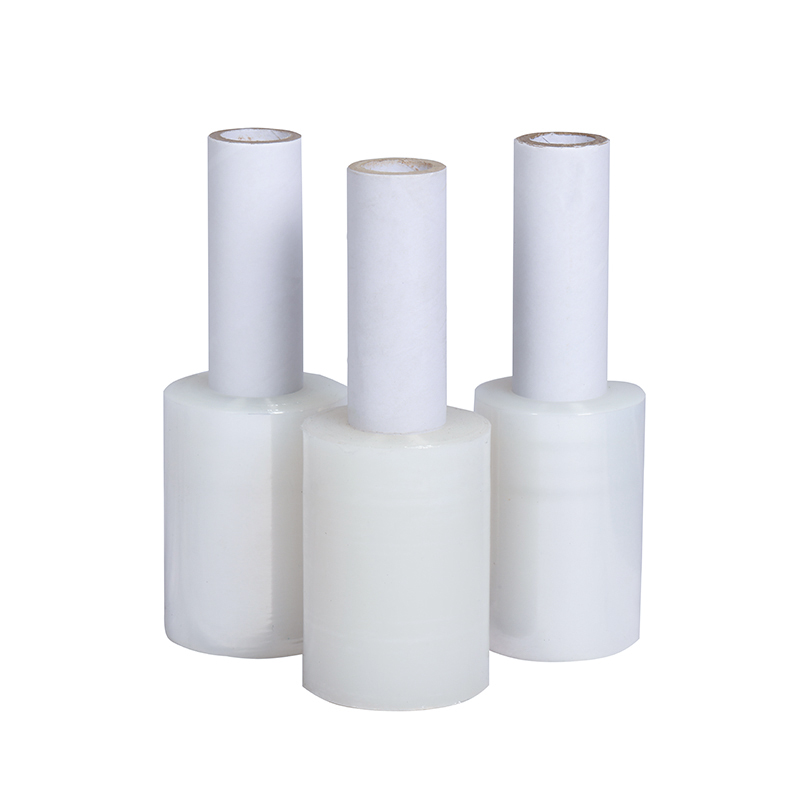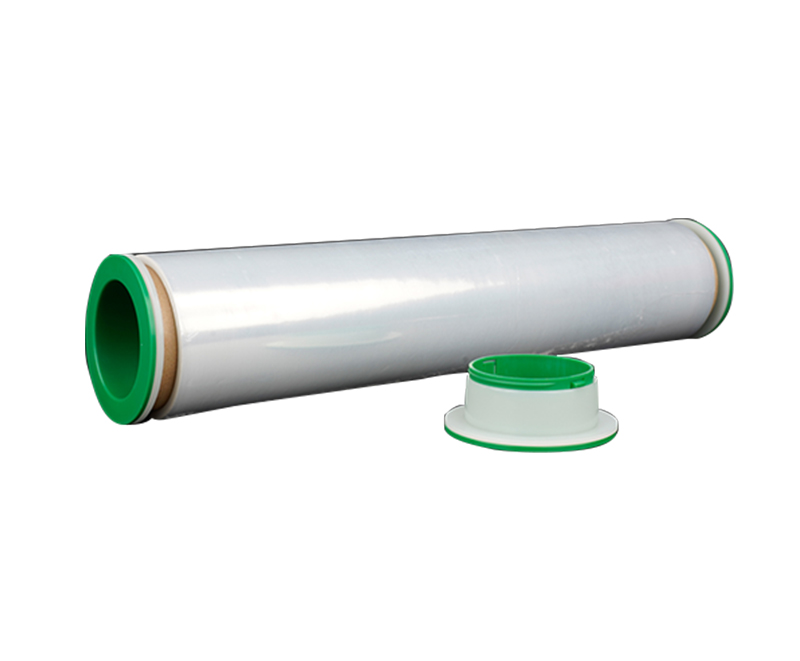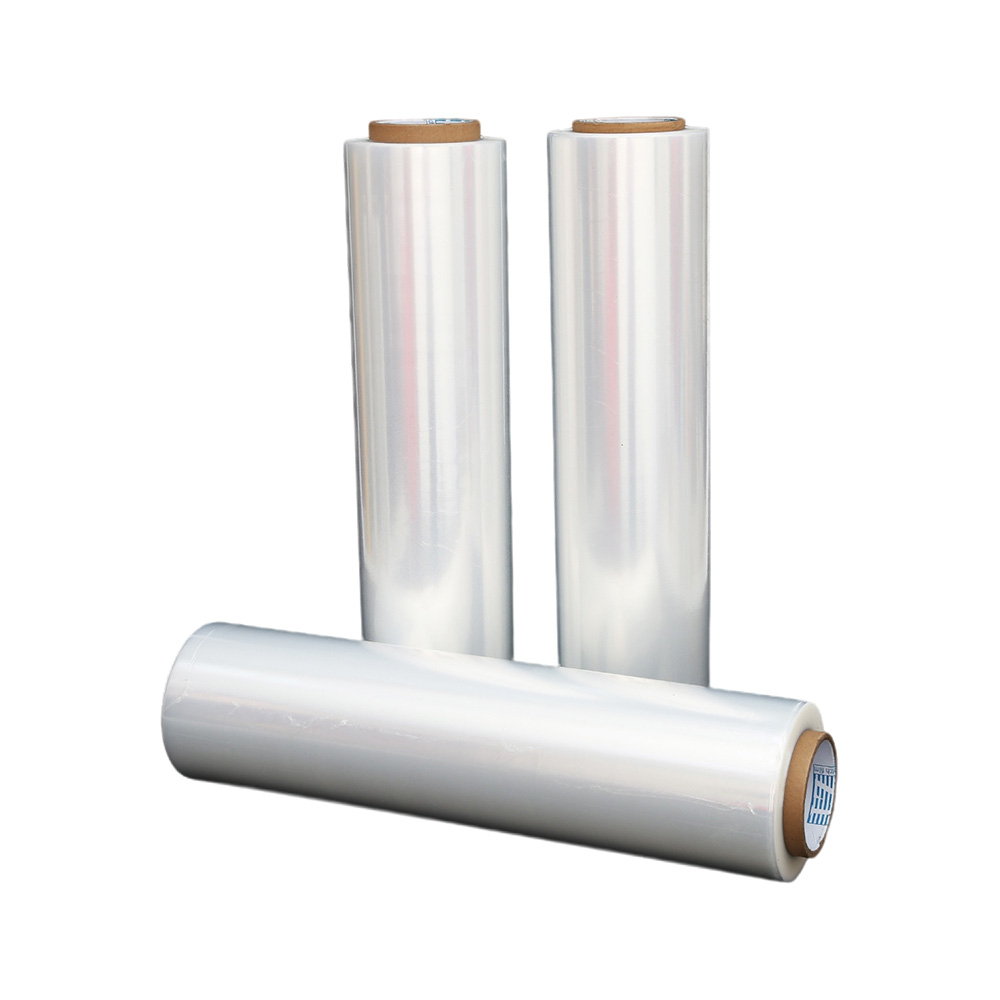Guide to the use of stretch film
Source:Guide to the use of stretch filmTime:2019-06-10Visitors:
When we use stretch film, we need to understand some of its related instructions. After all, there are a variety of packaging materials on the market. In order to be able to choose a more suitable stretch film product, we must have a system for stretch film products. To understand the performance advantages of stretched film.
Specifications and appearance
The size and specifications of the stretched film are the basic specifications when ordering by the customer, and the width deviation, thickness deviation, coil core length deviation, inner diameter deviation and film quality deviation of the stretched film suitable for the actual situation in China are specified. The appearance requirements of stretched film are an important part of our product standards, in which the flatness of broken heads, bubbles, perforations, cracks, lumps, fish eyes and films are required.
Tensile and elongation at break
The tensile breaking force and the elongation at break are also called tensile properties. The tensile properties are an important index for the stretched film. The width is 15mm. The distance between the chucks of the tensile testing machine is 50mm, the gauge length is 50mm, and the test speed is 250mm/min. The method of ±25mm/min is used to test this project. The use of the long strip type sample eliminates the need for an extensometer, which also avoids the drawback that the stretched film is very thin and the elongation of the extensometer has a large influence on the friction.
Water vapor permeability
To characterize whether a film protects the product from moisture or moisture in a marine or humid environment, that is, the sealing performance. The detection of water vapor permeability is very important. The water vapor permeability was tested by the GB/T 1037-1988 plastic film standard and the sheet moisture permeability test method.
Physical and mechanical properties
The physical and mechanical properties of the film for transport packaging are mainly defined as tensile force, elongation at break, viscosity, permanent deformation, elastic recovery, tensile force retention, f force value, penetration resistance, mass deviation per unit area, light transmittance, haze, Technical indicators of water vapor permeability.
Other actual indicators
Viscosity, tensile retention, permanent set, elastic recovery, and durability in the standard are specific test methods for stretched films developed by the ASTM organization of the United States of America.
Stretch film is widely used in foreign trade, papermaking, hardware, plastics, chemicals, building materials, food and other industries. It mainly uses its own good elasticity and sticky packaging products, which is safer and more reliable, and the stretch film application is more convenient and simpler. It will not affect the quality of the product and will not be pasted twice, so it is more advantageous in use.

Specifications and appearance
The size and specifications of the stretched film are the basic specifications when ordering by the customer, and the width deviation, thickness deviation, coil core length deviation, inner diameter deviation and film quality deviation of the stretched film suitable for the actual situation in China are specified. The appearance requirements of stretched film are an important part of our product standards, in which the flatness of broken heads, bubbles, perforations, cracks, lumps, fish eyes and films are required.
Tensile and elongation at break
The tensile breaking force and the elongation at break are also called tensile properties. The tensile properties are an important index for the stretched film. The width is 15mm. The distance between the chucks of the tensile testing machine is 50mm, the gauge length is 50mm, and the test speed is 250mm/min. The method of ±25mm/min is used to test this project. The use of the long strip type sample eliminates the need for an extensometer, which also avoids the drawback that the stretched film is very thin and the elongation of the extensometer has a large influence on the friction.
Water vapor permeability
To characterize whether a film protects the product from moisture or moisture in a marine or humid environment, that is, the sealing performance. The detection of water vapor permeability is very important. The water vapor permeability was tested by the GB/T 1037-1988 plastic film standard and the sheet moisture permeability test method.
Physical and mechanical properties
The physical and mechanical properties of the film for transport packaging are mainly defined as tensile force, elongation at break, viscosity, permanent deformation, elastic recovery, tensile force retention, f force value, penetration resistance, mass deviation per unit area, light transmittance, haze, Technical indicators of water vapor permeability.
Other actual indicators
Viscosity, tensile retention, permanent set, elastic recovery, and durability in the standard are specific test methods for stretched films developed by the ASTM organization of the United States of America.
Stretch film is widely used in foreign trade, papermaking, hardware, plastics, chemicals, building materials, food and other industries. It mainly uses its own good elasticity and sticky packaging products, which is safer and more reliable, and the stretch film application is more convenient and simpler. It will not affect the quality of the product and will not be pasted twice, so it is more advantageous in use.
Recommended Products
Ranked in the same article
- how to use the stretch film technology to r
- How can we get detailed price list?
- Five common quality problems of PE protecti
- Plastic film degradation
- How to guarantee punctual shipment for our
- Gauge to Micron and Millimetre Conversion G
- What is the difference between stretch film
- Testing the permeability of stretch film
- Stretch film temperature requirements
- Electrical wire film VS electrostatic film
- Why insufficient transparency of stretch w
Latest news articles
- The 133rd Spring Canton Fair
- How can PE stretch film be cut better?
- Factors affecting viscosity of PE stretch f
- The Ultimate Guide to Choosing the Right Ma
- What Properties Ensure Effective Cold Chain
- Advantages of white engineering film
- Stretch Film Wrap: Unraveling Its Benefits
- Bundling Stretch Film: Optimize Your Packag
- The significance of using PE electric wire
- How to check the quality of PE stretch film
- What is the Difference Between Magic Tape a



